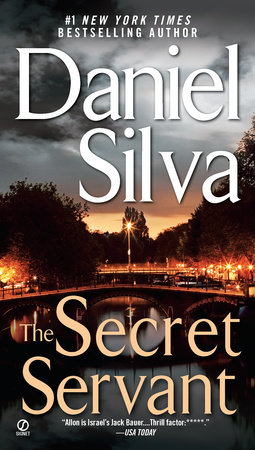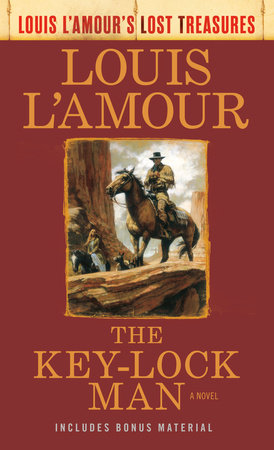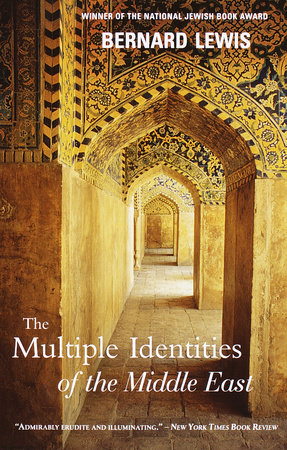

Red Gold
By Alan Furst
By Alan Furst
By Alan Furst
By Alan Furst
Category: Spy Novels | Historical Fiction | Suspense & Thriller
Category: Spy Novels | Historical Fiction | Suspense & Thriller

-
$21.00
Jan 08, 2002 | ISBN 9780375758591
-
Dec 18, 2007 | ISBN 9780307432919
YOU MAY ALSO LIKE

Silver Canyon

Radigan/North to the Rails

Murder at the Kennedy Center

The Godfather Returns

Kiowa Trail

The Secret Servant

The Key-Lock Man (Louis L’Amour’s Lost Treasures)

Trouble Shooter

Utah Blaine
Praise
“Nothing can be like watching Casablanca for the first time, but Furst comes closer than anyone has in years.”
—Time
“What the espionage novels of John le Carré were for the Cold War, those of Alan Furst have become for the period that might be called ‘the Sable Decade.’…Furst may have no peer in his ability to re-create the atmosphere of the nether world of continental Europe during the war years.”
—St. Louis Post-Dispatch
“Red Gold transports a reader back to a cowed Paris, darkened by the menacing ambience of World War II.”
—William Nicholson, USA Today
21 Books You’ve Been Meaning to Read
Just for joining you’ll get personalized recommendations on your dashboard daily and features only for members.
Find Out More Join Now Sign In















